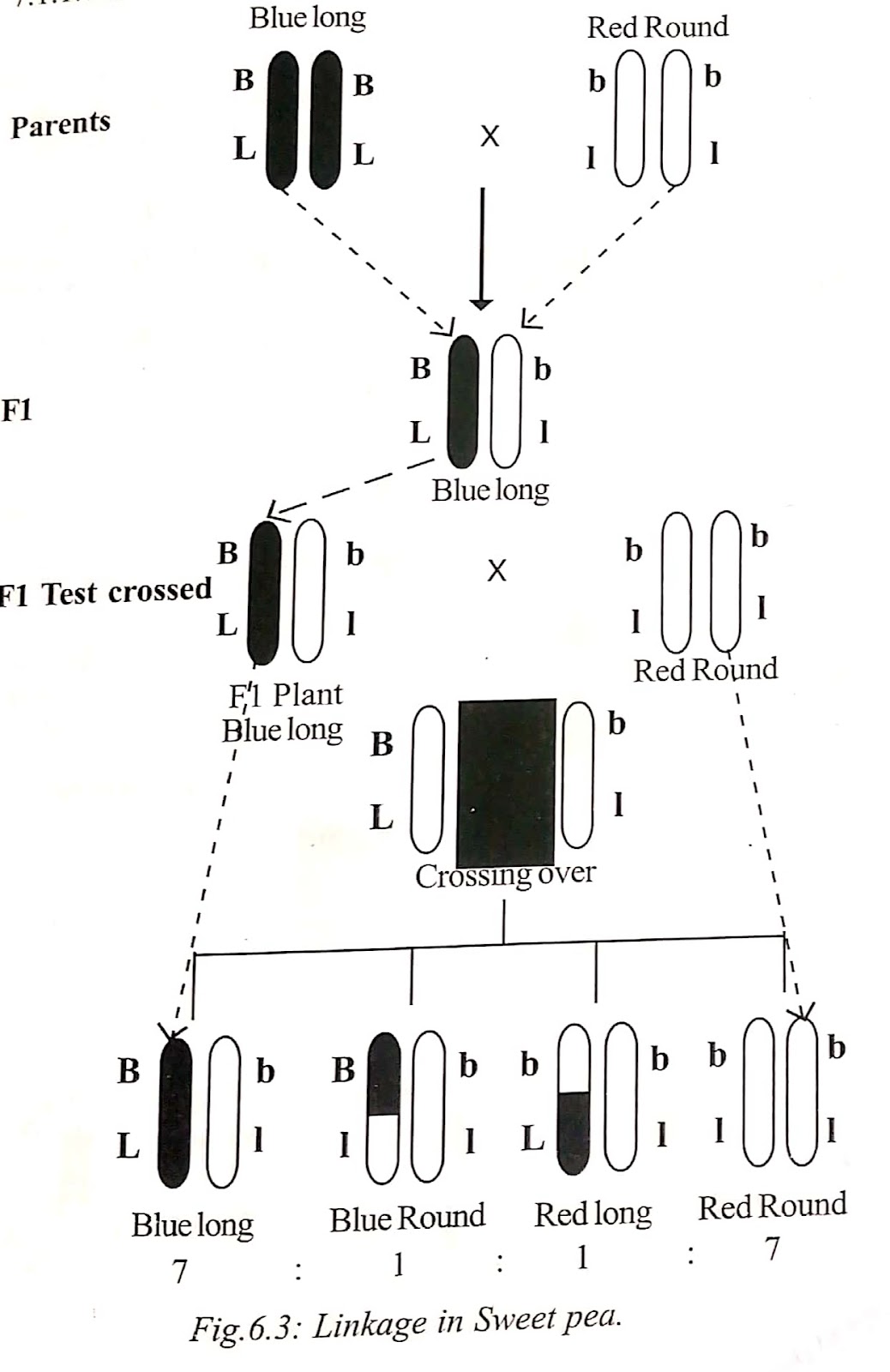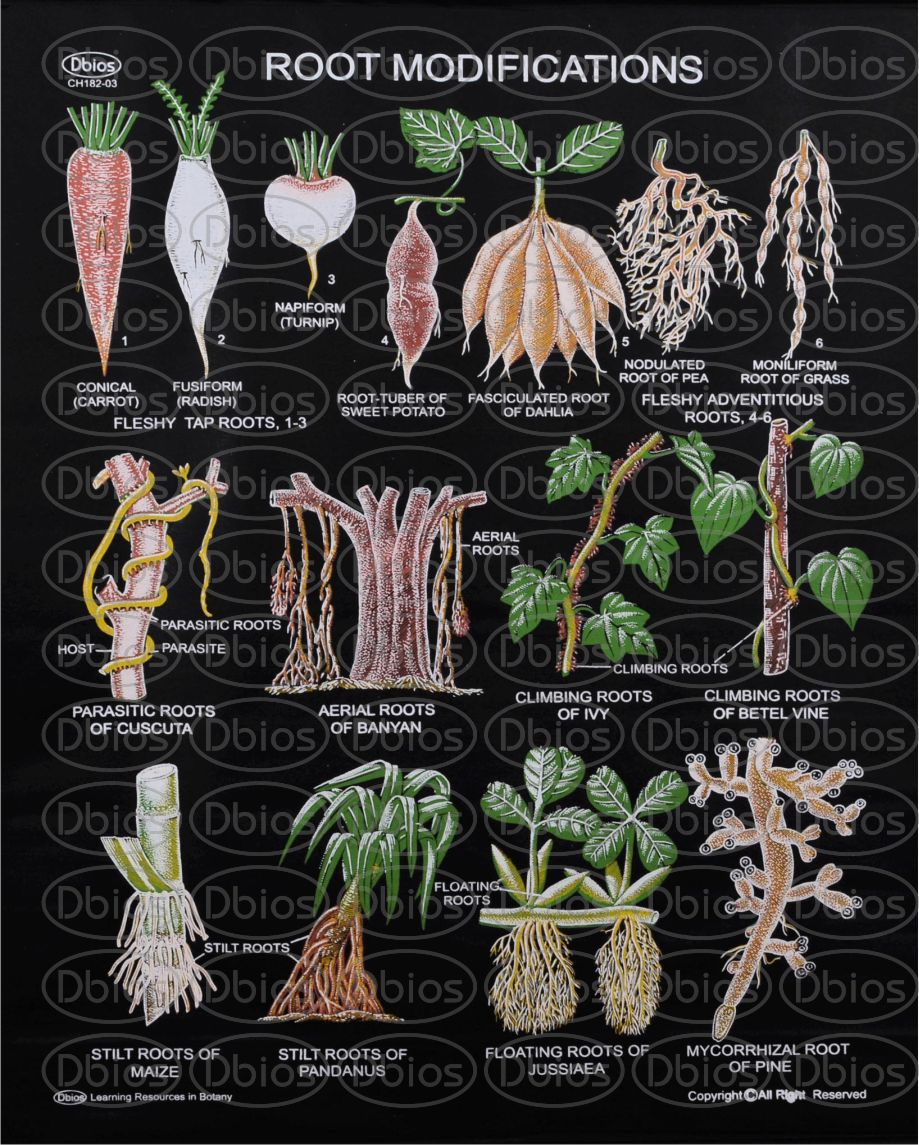Linkage in Sweet Pea

Linkage in Sweet Pea Bateson and Punnet (1906) studied linkage in sweet pea ( Lathyrus odoratus ). In sweet pea, blue flower colour is dominant (BB) over red flower (bb). Long pollen grain is dominant (LL) over round pollen grain(ll). They crossed blue flowered, long pollen sweet pea with red flowered, round pollen plant. In these plants, the genes for flower colour and pollen shape are located in the same chromosome. That is, they are linked. The linked genotypes of the parents are written as follows: Blue flowered long pollen grained plant - BL/BL Red flowered round pollen grained plant-bl/bl The F1 plants were blue flowered with long pollen. The genotype is written as BL/bl. The F1 plant (...




